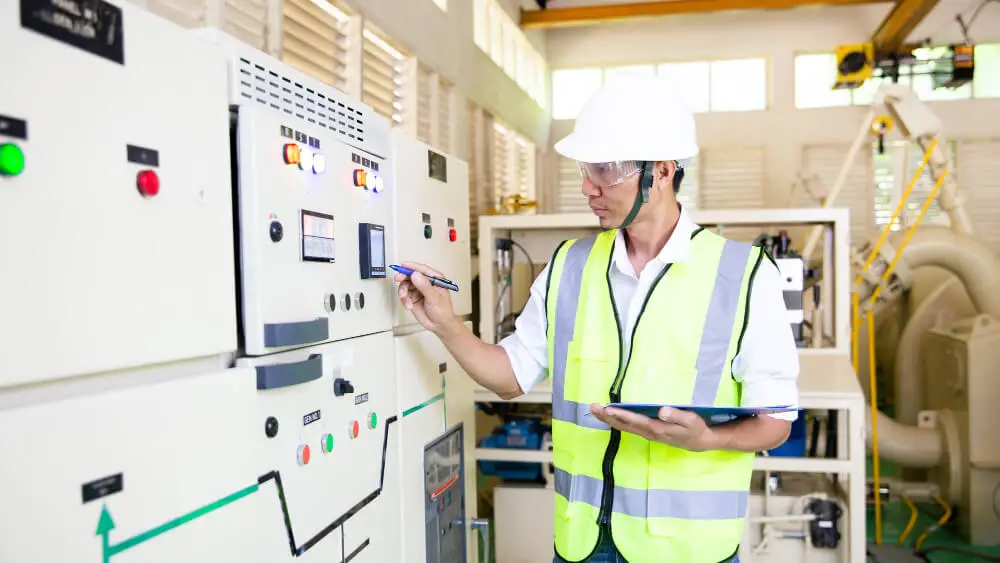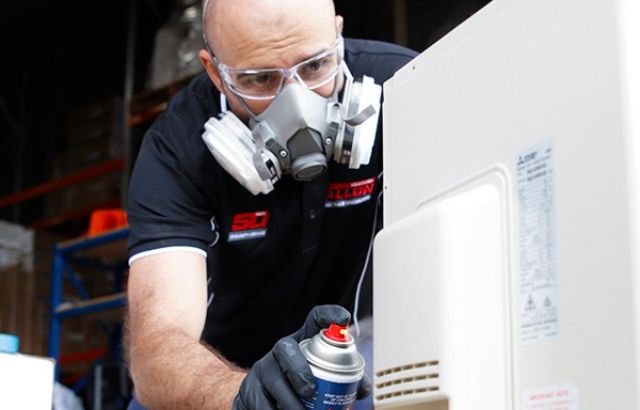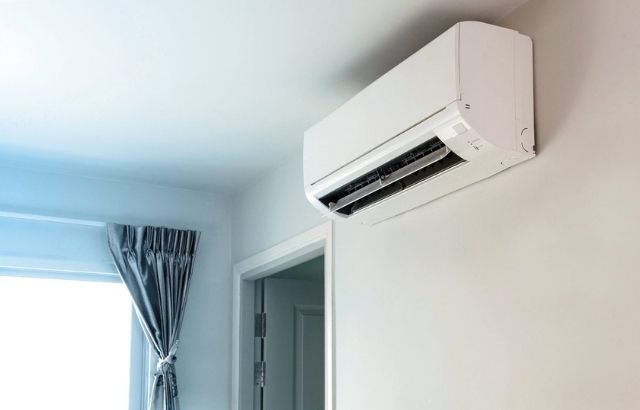When it comes to powering heavy-duty electrical appliances, a 220 outlet is a must-have. These outlets are specifically designed to handle the high voltage required by appliances such as electric dryers, ranges, and air conditioners. If you’re wondering how to wire a 220 outlet, you’ve come to the right place. In this step-by-step guide, I will walk you through safely and correctly wiring a 220 outlet.
Understanding the Electrical Requirements

Before diving into the wiring process, it’s crucial to understand the electrical requirements of a 220 outlet. Unlike standard 110-volt outlets, 220 require a dedicated circuit and typically use a two-pole breaker. You’ll need a separate electrical panel or sub-panel for your 220 outlet.
Additionally, 220 outlets have a different configuration than regular outlets. They have four slots instead of the usual two, with two hot wires, a neutral wire, and a ground wire. The hot wires deliver 220 power, while the neutral and ground wires ensure the outlet’s safety and proper grounding.
How to Wire a 220 Outlet
Gathering the necessary tools and materials
Now that you understand the electrical requirements well, it’s time to gather the necessary tools and materials for wiring a 220 outlet. Here’s a list of what you’ll need:
- Two-pole circuit breaker compatible with your electrical panel
- 220 outlet and cover plate
- Electrical wire (10-3 gauge for most residential applications)
- Wire stripper
- Screwdriver
- Wire nuts
- Electrical tape
- Voltage tester
- Safety goggles and gloves
Ensuring all your materials are high quality and meet the necessary safety standards is crucial. Using substandard materials can lead to electrical hazards and even fires. So, take the time to invest in reliable tools and materials for a safe and efficient wiring job.
Choose the Right Outlet and Breaker:
Ensure the outlet and breaker match your appliance’s voltage and amperage requirements.
Run the Cable:
Run the 4-strand cable from the breaker panel to the location of the outlet.
Install the Circuit Breaker:
- Open the breaker panel.
- Install the double-pole circuit breaker by attaching it to both poles in the panel.
- Connect the red and black wires from your cable to the screws on the breaker.
Connect the Ground and Neutral Wires:
- Connect the white (neutral) wire to the neutral bus bar in the panel.
- Connect the green or bare (ground) wire to the ground bus bar.
Install the Outlet:
- Attach the outlet to the wall box.
- Connect the black and red wires to the brass screws on the outlet.
- Attach the white wire to the silver screw.
- Connect the ground wire to the green screw.
Secure and Test:
- Secure the outlet in place and attach the cover plate.
- Turn on the power at the main panel.
- Use a voltage tester to ensure the outlet is properly powered.
Test Your Appliance:
Plug in the appliance to test the connection.
Wiring the outlet correctly

Wiring a 220 outlet correctly ensures your electrical appliances’ safe and efficient operation. Start by identifying the hot wires, which are usually black or red. Connect one hot wire to each of the hot terminals on the outlet.
Next, connect the neutral wire, typically white or gray, to the neutral terminal. Finally, connect the ground wire to the ground terminal, usually green or bare copper. Ensure that all connections are tight and secure.
It’s important to note that wiring configurations may vary depending on the specific outlet model and manufacturer. Always refer to the manufacturer’s instructions and follow the wiring diagram to ensure proper installation.
Testing the outlet and checking for any issues
Once you’ve wired the 220 outlet, testing it and checking for potential issues is crucial. Start by turning on the circuit breaker and restoring power to the outlet. Use a voltage tester to check for power at the outlet. If the tester indicates the presence of power, you can test the outlet with a multimeter.
Set the multimeter to the appropriate voltage range and carefully insert the probes into the hot slots of the outlet. The multimeter should read the expected voltage, typically around 220 volts. You can consider the installation successful if the readings are correct and there are no signs of issues such as sparks or overheating.
Safety precautions and maintenance tips
To ensure the long-term safety and performance of your 220 outlet, it’s important to follow some safety precautions and maintenance tips. Here are a few recommendations:
- Regularly inspect the outlet for any signs of damage or wear. If you notice any issues, such as loose connections or exposed wires, promptly repair or replace the outlet.
- Keep the area around the outlet clean and free from debris or flammable materials.
- Avoid overloading the circuit by plugging in too many high-powered appliances simultaneously. This can lead to overheating and potentially cause a fire.
- If you’re unsure about any aspect of the wiring or installation process, consult a licensed electrician for assistance. It’s always better to be safe than sorry about electrical work.
My Opinion
Wiring a 220 outlet may seem daunting initially, but it can be straightforward with the right knowledge and tools. Following the step-by-step instructions outlined in this guide, you can wire a 220 outlet safely and correctly.
Remember to prioritize safety throughout the process and consult a professional with doubts or concerns. With properly installed and maintained 220 outlets, you can power your heavy-duty appliances with confidence and peace of mind.
Now that you know how to wire a 220 outlet, it’s time to start. Gather all the necessary tools and materials, turn off the power, and follow each step carefully. Happy wiring!




